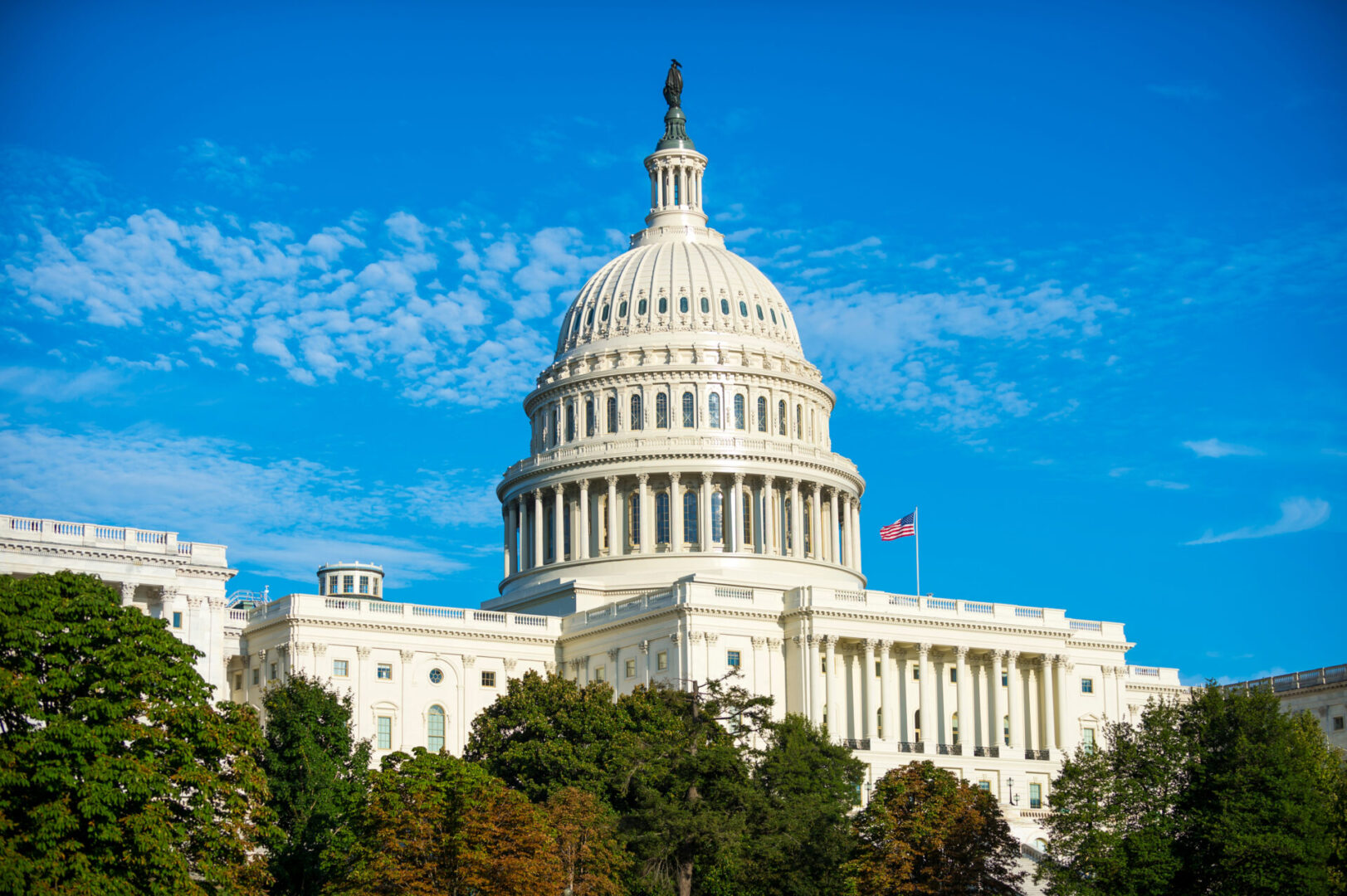By Denise Fernandez, Ph.D.
Last updated on July 16, 2025
Efficacy claims on EPA-registered antimicrobial pesticides can be divided into two claim categories: public health and non-public health. Public health claims are those relating to the control of one or more specific microorganisms that are directly or indirectly infectious or pathogenic to humans or both humans and animals. Non-public health efficacy claims are specific to microorganisms that would not normally lead to infection or disease in humans and are often centered around control of microorganisms of economic or aesthetic significance. While the U.S. Environmental Protection Agency (EPA) requires data submission or citation for all public health efficacy claims, EPA generally does not require data to be submitted for review to support non-public health claims. However, Registrants are still responsible for ensuring that their products perform as intended by generating, and maintaining on file, efficacy data that support all non-public health claims. EPA may request non-public health efficacy data be submitted for review on a case-by-case basis and does require submission of data for claims against animal disease pathogens and zoonotic microorganisms that are “listed diseases” by the World Organisation for Animal Health (WOAH, formerly OIE).
Non-Public Health Claims Requiring Data Submission
While most non-public health claims do not require the submission of efficacy data to the U.S. EPA, per EPA’s 810.2000 efficacy guideline, claims against animal disease pathogens and zoonotic microorganisms that are “listed diseases” on the WOAH List will require that data be submitted for EPA review. The pathogens/diseases that are listed by WOAH are updated as the organization receives requests to add or remove organisms/diseases from the list. There are currently 116 WOAH-listed organisms, including African Swine Fever Virus (ASFV), Avian Influenza Virus, Newcastle Disease Virus, Classical Swine Fever Virus, and Infectious Bursal Disease Virus. The following four criteria are used to assess addition or removal of pathogens/diseases from the WOAH list:
WOAH List Criteria
Criterion 1: International spread of the pathogenic agent (via live animals or their products, vectors or fomites) has been proven.
Criterion 2: At least one country has demonstrated freedom or impending freedom from the disease, infection, or infestation in populations of susceptible animals.
Criterion 3: Reliable means of detection and diagnosis exist and a precise case definition is available to clearly identify cases and allow them to be distinguished from other disease, infection or infestation.
Criterion 4: One of the following must apply –
- Natural transmission to humans has been proven, and human infection is associated with severe consequences.
- The disease has been shown to have a significant impact on the health of domestic animals at the level of a country or a zone taking into account the occurrence and severity of the clinical signs, including direct production losses and mortality.
- The disease has been shown to, or scientific evidence indicates that it would, have a significant impact on the health of wildlife taking into account the occurrence and severity of the clinical signs, including direct economic losses and mortality, and any threat to the viability of a wildlife population.
Consequences of WOAH List Updates
As the WOAH list is constantly evolving, Registrants should confirm whether non-public health pathogens or diseases are on the WOAH list prior to beginning efficacy testing. Data to support pesticidal claims against pathogens on the WOAH list must be (i) conducted in accordance with EPA Good Laboratory Practices (GLPs) and (ii) submitted to the U.S. EPA for review and approval. Failure to provide EPA with GLP efficacy data against WOAH-listed pathogens will result in EPA rejection of intended label claims.
Due to changes of the WOAH list over time, when a master label undergoes additional EPA review during subsequent actions, EPA may request data be provided for pathogens that were not previously on the WOAH list when the claim was originally granted without a requirement for data review by the Agency. If data are not available upon EPA request or were not conducted in accordance with EPA GLPs or the 810 guidelines, EPA may request the claim be removed. SRC is available to assist in negotiations with the EPA when these situations arise during master label review.
Please contact SRC for additional information regarding determination of data requirements for substantiation of public health and non-public health label claims.





